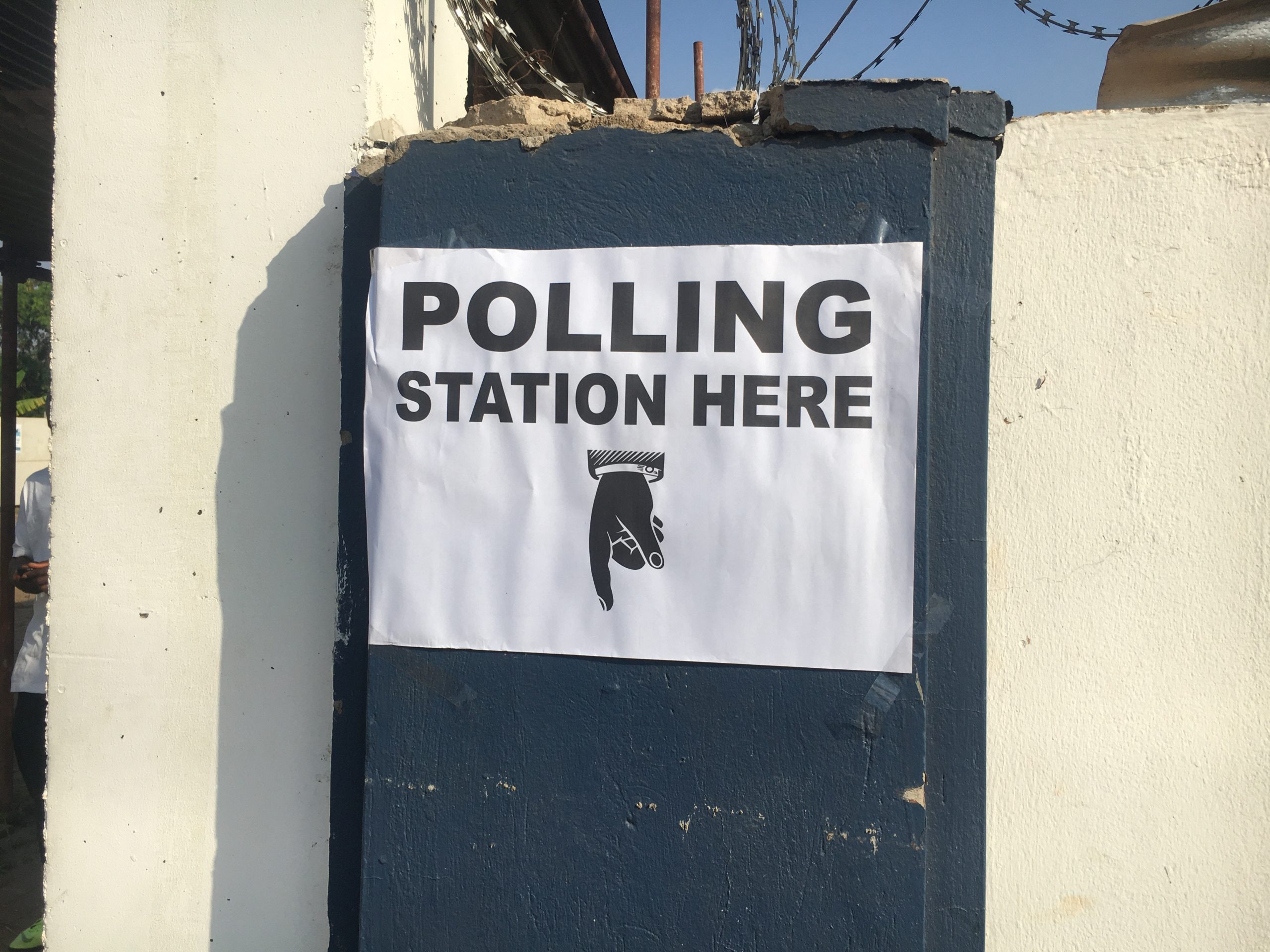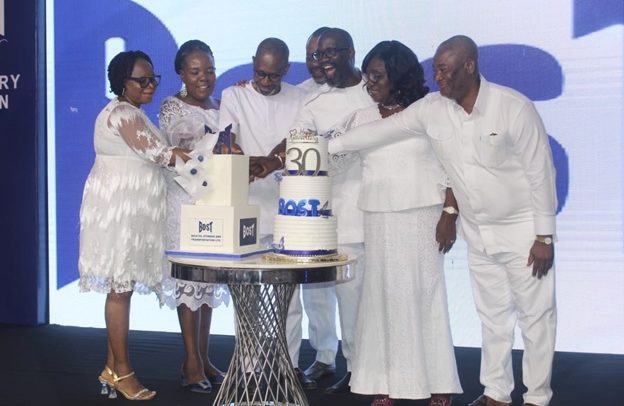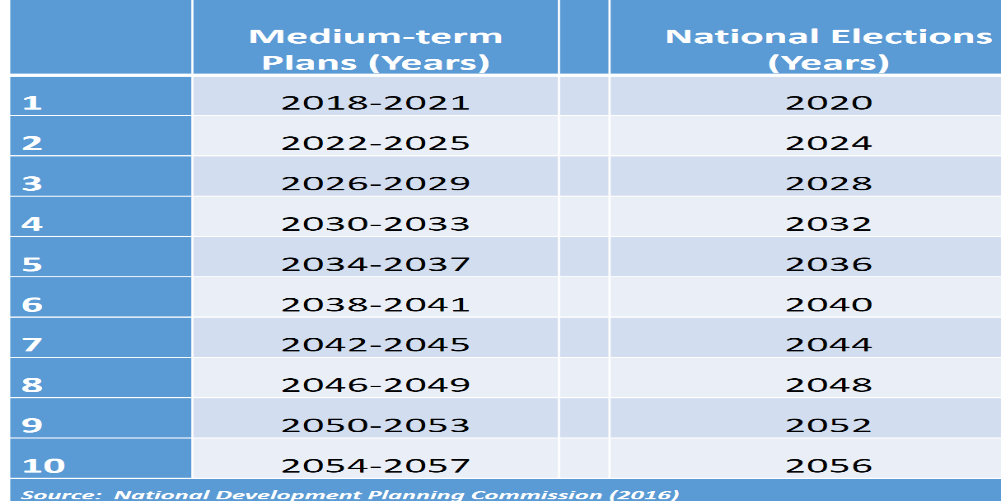
The service quality of your call center is a significant indicator of your availability to consumers, as well as how well-designed your strategy for managing customers and calls is. This is assessed a bit differently by different types of call center. As a rule, it is the proportion of calls answered within a certain timeframe.
You've most likely heard the industry benchmark of answering at least 80% of calls in less than 20 seconds. However, it is not always so as SLA may vary greatly. In a moment, we'll explain why this isn't the greatest number to look at. For the time being, consider a call center service level agreement and the two components that commonly comprise this concept: the “service level goal” and the “actual service level.”
The Service Level Goal (What You Want to Hit)
This is your target - the figures you're aiming for. If you want to talk about performance and measurement, you must first establish a target (in this example, a service level objective) against which to compare your outcomes. If you wish to track the number of calls handled by your contact center, for example, you might compute this service level goal.
The Actual Service Level (What You're Actually Hitting)
Once you've established your service level target, you may compare it to your current service level. You can assess your team's performance in any way that works for you. As an option, you may look at the proportion of calls your agents take in an hour, a day, or a week.
Maintaining your call center's service levels is critical to increasing client satisfaction and retention. Of course, the bottom line is income, and in this situation, your aim is to maximize your customers' lifetime value. The more satisfied your customers are, the more likely they are to buy your products or order your services again. One of the good options to boost customer satisfaction is Selmo calling software; it will help you automate your call handling and move the service level of your call center to a whole new level.
How to Determine Your Service Level
You may calculate a specific service level metric against a time period to determine how well your call center is operating. Calculating your call center's service level is vital since it will help you monitor overall performance as well as provide information on the efficacy of your call center strategy.
Service Level Industry Norms
Understanding some of the most prominent industry service level standards is a simple and effective means of measuring your own outcomes. Individual service level objectives will vary based on your call center type or what you want to achieve; however, the most typical SLAs in the industry include the following.
The 80/20 Level
The popular majority of call centers have previously attempted to reach the “80/20” level when it comes to calling handling. Achieving the service level goal focuses on answering at least 80% of incoming calls in under 20 seconds, while there are two ways to this KPI: increased service level and relaxed answer time. However, we should admit that it's more of a baseline rather than the actual “rule.” To determine your consumer tolerance levels, a better statistic to watch is your CSAT (customer satisfaction score). For example, if your CSAT falls but you still meet your SLAs, it suggests you need to make some changes since your SLAs aren't acceptable!
Boosted Service Level
While some centers have decided to reduce their SLA time, others may choose to increase their service quality. Simply defined, improving your service quality entails increasing the number of calls handled by your employees and reacting as quickly as feasible. When it comes to staffing, such call centers will almost certainly offset their SLA against their abandon rates to create their own “abandon ceiling” based on individual CSAT and call abandon rates. This may be a better option than a relaxed answer time because it focuses on the customer experience as well as handling and managing calls based on individual criteria.
To put this into practice, you may balance out your contact center's wait times accordingly, based on your CSAT and abandon rates. To increase the number of calls you take, you may consider onboarding more workers to improve your service level, but this will not always result in more satisfied consumers.
Relaxed Response Time
Though the industry benchmark for calls answered is 80/20, some people are content to stay below that line. In certain circumstances, contact centers will strive for a ratio of 70/20 to 80/60. You might be asking what type of advantage could come from shortening your response time. The solution is straightforward: lower expenses.
While the length of time it takes to answer calls affects customer service, a more flexible approach also benefits expenses and staffing. If you choose the flexible answer time option, you will require fewer agents, resulting in reduced total personnel expenses. If you do decide to go this way, you must evaluate your own CSAT and abandon rates to ensure that your customer service rates do not suffer as a result.
Abandon Rate
Abandon rates, defined as the proportion of calls abandoned by a client while on hold, are another simple approach to determining whether your customer service is effective or not. According to the International Finance Corporation (IFC), the global average for lost calls is presently between 5% and 8%. If your abandon rate is increasing, you should consider strategies to improve your call handling and client engagement.
Monitor Call Center Service Level to Improve Quality and Performance
Looking at industry standards for inbound call center service level can give you an idea of how your response times compared to the average. Though each contact center has its own set of goals, capacity, and workforce management (WFM) style, it's critical to make your responses as quick as possible.
The appropriate service level may be determined by your center's style and working methods, but the customer experience should be as essential to you as your expenses. Therefore, strive for quick response times. Whether you're a center manager or part of a larger team on the floor, the overall effectiveness of your outbound call center will be greatly influenced by the methods you employ.
It's great that you want to respond quickly, but if your systems don't have enough capacity or channels, you can lag behind. This is especially critical if your center works on a hybrid or remote basis. Agents that work for WFH may require specialized technology and communication platforms to stay connected and in the loop. Luckily, there are plenty of high-tech solutions to support this type of setting. But still, it is essential to have a finger on the pulse and monitor your call center service level.
















Facebook
Twitter
Pinterest
Instagram
Google+
YouTube
LinkedIn
RSS